Finland
European Space Industry Employment, 2011-2021
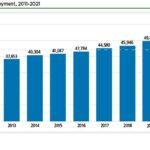
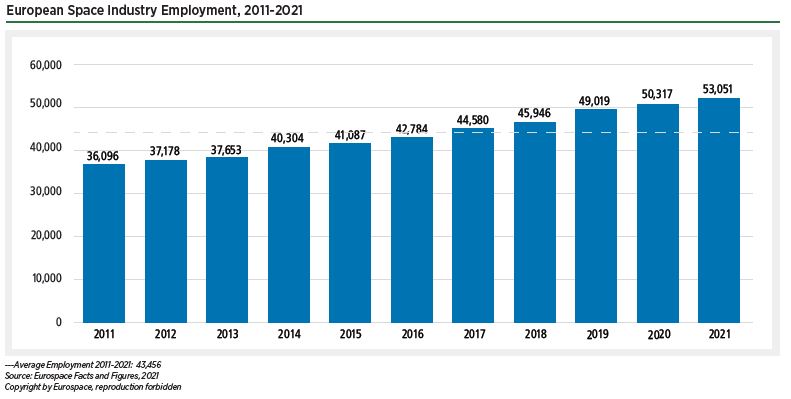
European space employment was 53,051 in 2021, an increase of 5.4% from the total of 50,317 from 2020. This estimate is based on analysis by Eurospace, the trade association of the European Space Industry. The analysis focuses on the space manufacturing industry; space services companies such as Ariane- space, SES, Eutelsat, and Inmarsat which also employ thousands of individuals, are not included.
Europe Continues to Lead in Global Workforce Job Growth
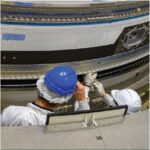
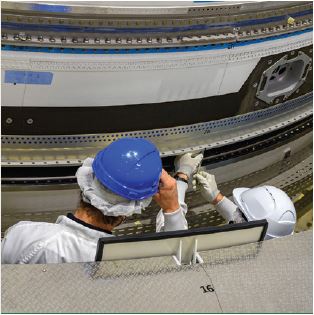
The space industry relies on skilled individuals from a wide variety of fields to enable the cutting-edge developments taking place in this sector. While many countries do not regularly produce metrics on the size of their workforce, these data are available for several major space actors, including the United States, Europe, Japan, and India.
Rivals Launch Military Satellites Amid U.S.-led Space Defense Drills

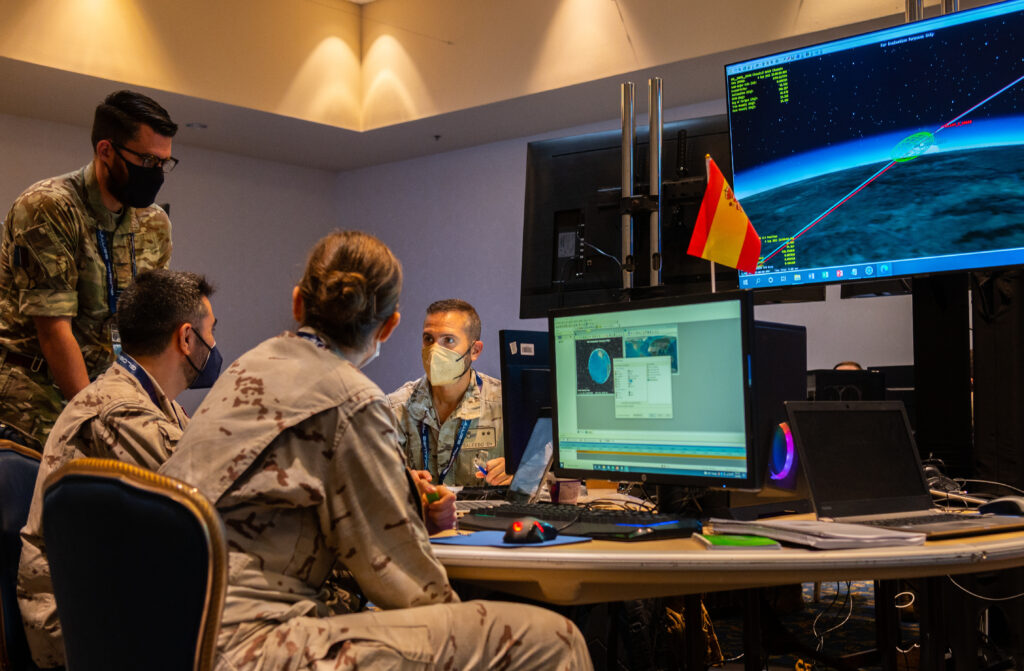
A flurry of military and intelligence satellite launches by rival powers this month came as the United States and two dozen partner nations wrapped up the largest global space defense wargame in history.
Russia launched what some leaders have described as a spy satellite for Iran and its own on-orbit snooping satellite Cosmos-2558, which is circling Earth in an orbit conspicuously close to a recently launched U.S. National Reconnaissance Office satellite, a Netherlands researcher confirmed.
2020 TSRQ3 – Economy Insights: Mergers and Acquisitions
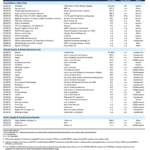
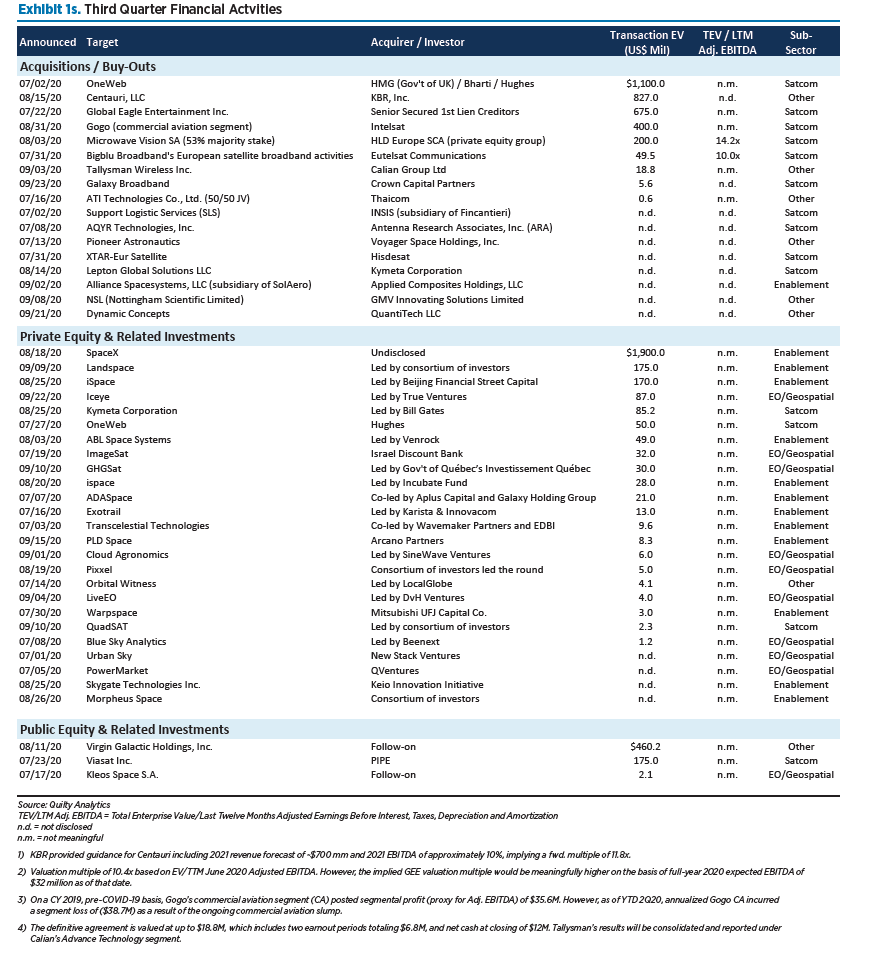
Share price performance of our core satellite and space index, which includes 27 publicly traded space companies, was up . . .
2019 TSRQ3 – Education STEM Proficiency
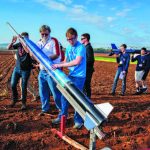
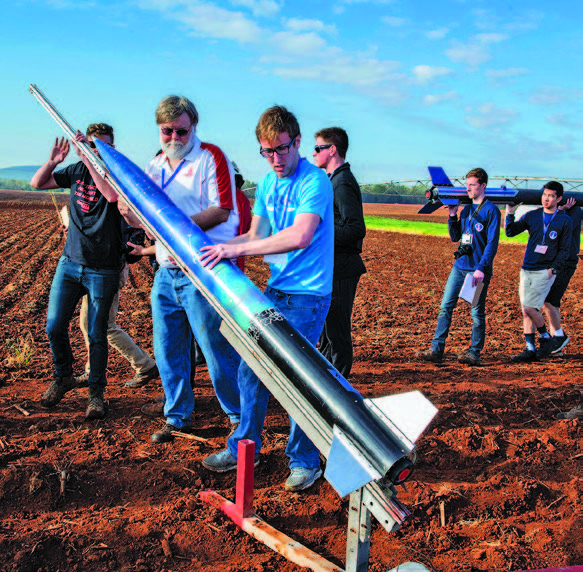
The science, technology, engineering, and mathematics (STEM) workforce is at the core of the space industry—from the mathematicians and astronomers who analyze space to the engineers who design and build the launch vehicles that get us there. This workforce is enabled . . .
European Space Industry Workforce by Country 2000 – 2020
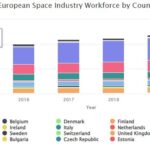
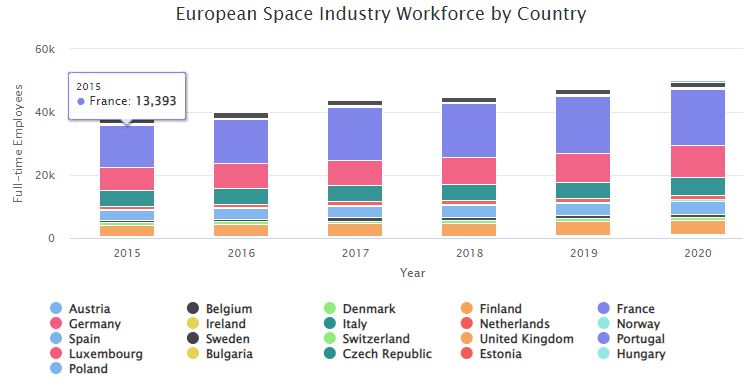
Stacked bar chart showing a twenty-year look at the European space industry workforce by country 2000 – 2020
2015 – European Space Industry Employment – Snapshot
Data on the European space workforce is collected annually via surveys by Eurospace, an association of the European space manufacturing industry. The survey focuses on design, development, and…
2009 – European Space Industry Employment – Snapshot
By 2008, European space employment reached ## full-time equivalent (FTE) employees, which remains ##% lower than the near-historic high in 2001, when employment totaled approximately ## jobs with ##% annual growth. Space employment fell each year from 2002 to 2005, including a ##% decrease in 2005 when space employment fell to ## FTE employees. Beginning in 2006, growth resumed, with ##% employment growth in 2008.